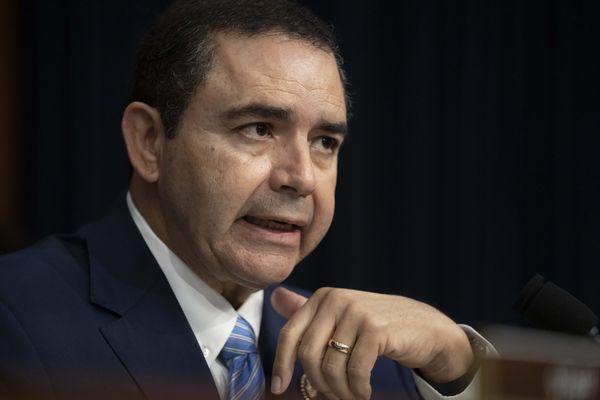
Dairy cows being moved across states must be tested for the bird flu, under a federal order issued on Wednesday aimed at containing the spread of the virus across US cattle farms.
The clampdown comes after testing of pasteurised milk from grocery store shelves found genetic traces of the H5N1 virus. Health officials said that these fragments of virus do not indicate that the milk contains live virus and that they have “seen nothing that would change our assessment” that the supply is safe.
Donald Prater, acting director of the Food and Drug Administration’s (FDA) Center for Food Safety and Applied Nutrition, said: “We take the current situation very seriously. Based on information currently available, we believe our commercial milk is safe.”
The new federal order requires every lactating cow to be tested and post a negative result before moving to a new state.
Michael Watson, an administrator with the US Department of Agriculture’s Animal and Plant Health Inspection Service, said that laboratories had the capacity for performing “tens of thousands of tests a day”.
Until now, testing was done voluntarily and only in cows with symptoms, but FDA officials suggested that some producers had not been fully cooperative with allowing testing in their herds. Under the new rules, positive tests will trigger additional requirements for officials to investigate, milk from affected cows would be dumped and cows that test positive would be kept in situ for 30 days before being retested.
Officials also gave more detailed information about investigations into the potential for milk to contain infectious virus. Genetic traces of H5N1 were found in commercially bought milk in PCR tests. But these tests detect both live and dead virus fragments.
Pasteurisation is designed to kill off the most robust bacteria and viruses, so would be expected to do the same for avian flu, but further tests are needed to confirm this is the case. The FDA said it had been trying to see if it could grow virus from milk found to contain evidence of H5N1, which is the gold standard test to see if there is viable virus in a product.
“Pasteurisation is very likely to inactivate viruses like H5N1,” said Prater, adding that it is a “new and evolving” situation.
The outbreak, which has spread to herds across eight states, has prompted concern because it is the first time bird flu has spread between cows, and transmission between mammals raises the risk of the virus adapting in a way that could make it spread more easily in humans. So far, one human case has been reported in a Texas farm worker, who has since recovered, and a further 44 people have been monitored after possible exposure.
It is not clear how the virus is spreading between cows, but milk is believed to be the primary vector rather than the virus spreading through respiratory infection.
“We believe that the primary transfer is through milk … some kind of mechanical transmission,” said Watson. This could be via milking equipment, people moving between facilities or rodents, he added. “At this stage we’re just speculating,” he said. “[It could be] spilt milk on floors, if a rat was to come into contact with that milk and then move to a different facility or come into contact with a cow or a piece of equipment.”







